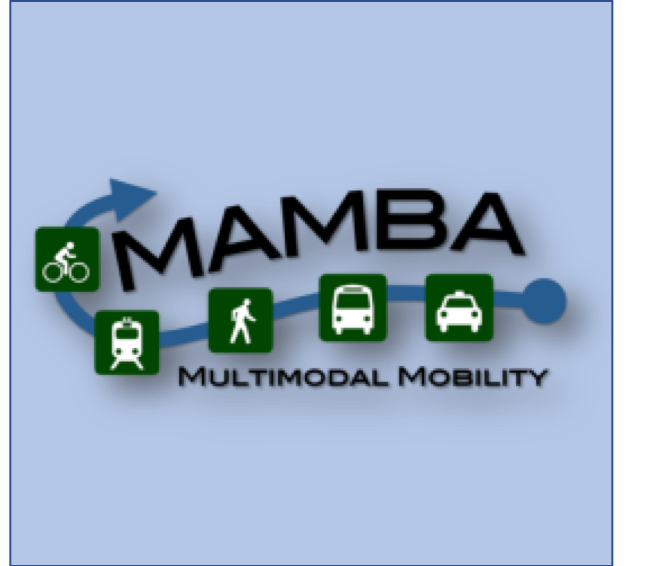Mobilité - AVL Autobus
From Ville de Luxembourg
Ville de Luxembourg Service AVL Messages d'urgence par ligne de bus par arrêt planifications Fréquence de mise à jour: temps réel Lignes de bus 1-31, CN1-4, CSB Tracés des lignes de bus Fréquence de mise à jour: temps réel
Metadata quality:
Data description filled
Files documented
License filled
Update frequency followed
File formats are open
Temporal coverage not set
Spatial coverage filled
All files are available
Updated on May 10, 2019


